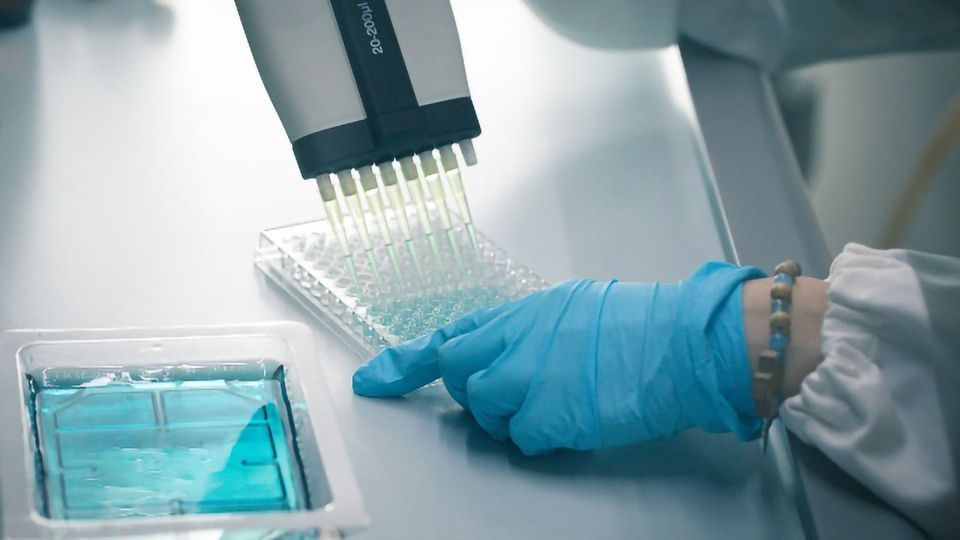Food safety testing predominantly centers around detecting contaminants or components that may cause illnesses or outbreaks. Historically, several fungal and bacterial pathogens were the agents of concern. However, over time, chemical contaminants have added pressure to product testing in the food industry. With current automated and high throughput food processing, additional contaminants are becoming a crucial concern for food safety.
Processing lines used in packaging and manufacturing processes is a significant concern for food safety. If certain food products such as eggs, dairy, nuts, and shellfish are processed using the same lines as other foods that should be free of these components, there is a higher risk that these contaminated agents can elicit allergic reactions in sensitive individuals. Most allergies cause minor symptoms, but some may give rise to more severe reactions. Hence, robust bioanalytical methods are necessary for detecting allergens and contaminants.
ELISA method has become a primary choice for detecting allergens and contaminants during food testing. Hence, GLP labs offering ELISA testing services are increasingly focusing on acquiring expertise and knowledge in ELISA assay validation and development to deliver reliable, reproducible, and accurate results. However, it is crucial to consider different aspects of the target analyte and sample matrix before initiating ELISA validation. The current article discusses several aspects of the ELISA assay method in food safety testing.
ELISA assay method for detecting allergens and contaminants
ELISA method formats such as ELISA protein assays have a significant advantage over other assay methods, which is the ability to detect protein residues, as allergens are proteins. ELISA method can be specifically designed to target specific proteins, such as allergenic proteins, or developed to target a broad range of proteins from an allergenic source. Generally, the ELISA method for detecting protein from an allergenic source is preferred because detecting proteins from these food items generally indicates that those specific allergenic proteins are present in that particular food.
ELISA methods are commercially available in multiple formats for food safety testing. Quantitative ELISA methods generally employ 96-well microtiter plates to detect and quantify residues present in food ingredients. ELISA assays are also available as swabs. These swabs are qualitative features for demonstrating the presence or absence of allergenic residues. ELISA swabs for allergen detection are used frequently for equipment surfaces. Dipsticks or lateral flow strips are other qualitative ELISA methods used to detect allergenic residues. These lateral flow strips are also employed for environmental evaluations.
Today, several kit suppliers offer commercial ELISA assays. However, the design of ELISA kits for the same analyte differs from supplier to supplier. Besides, with the availability of diverse assay formats, the target for an ELISA assay also varies for different kits. For example, researchers studying milk residues may use commercial kits targeting different components such as casein, beta-lactoglobulin, or total milk.
Must Read: Comparative Analysis of Different Cytokine Assay Methods
Additionally, a particular allergenic protein may either have monoclonal or polyclonal antibodies. Moreover, each kit may have different extraction protocols and kit calibrators for the same target analyte. For example, an ELISA casein kit may contain casein in the standard curve and calibrator or may alternatively use non-fat dry milk for the standard curve.
